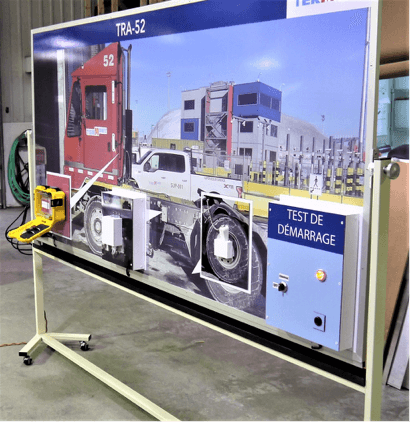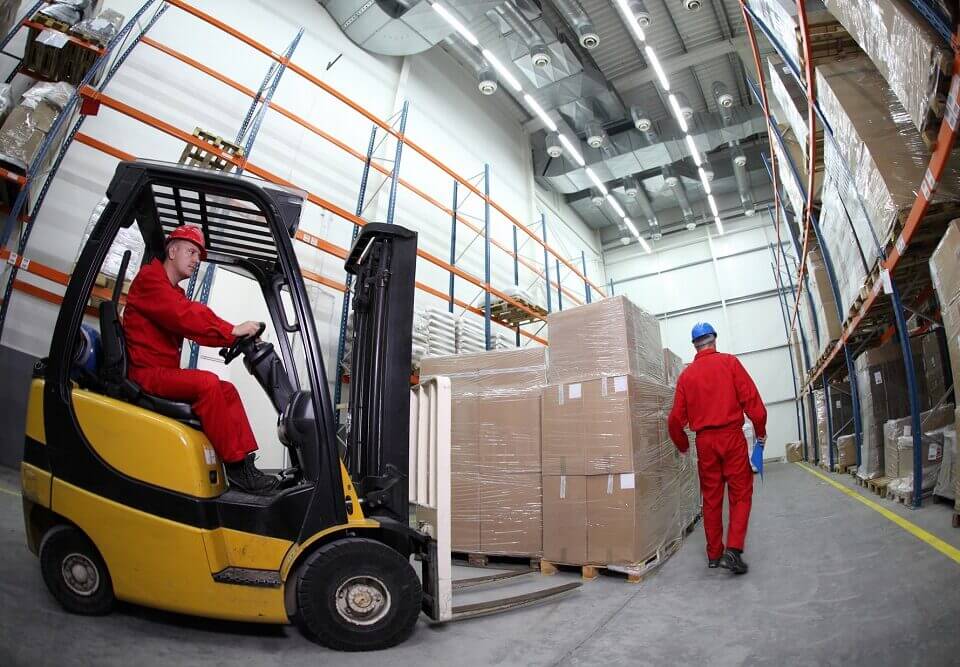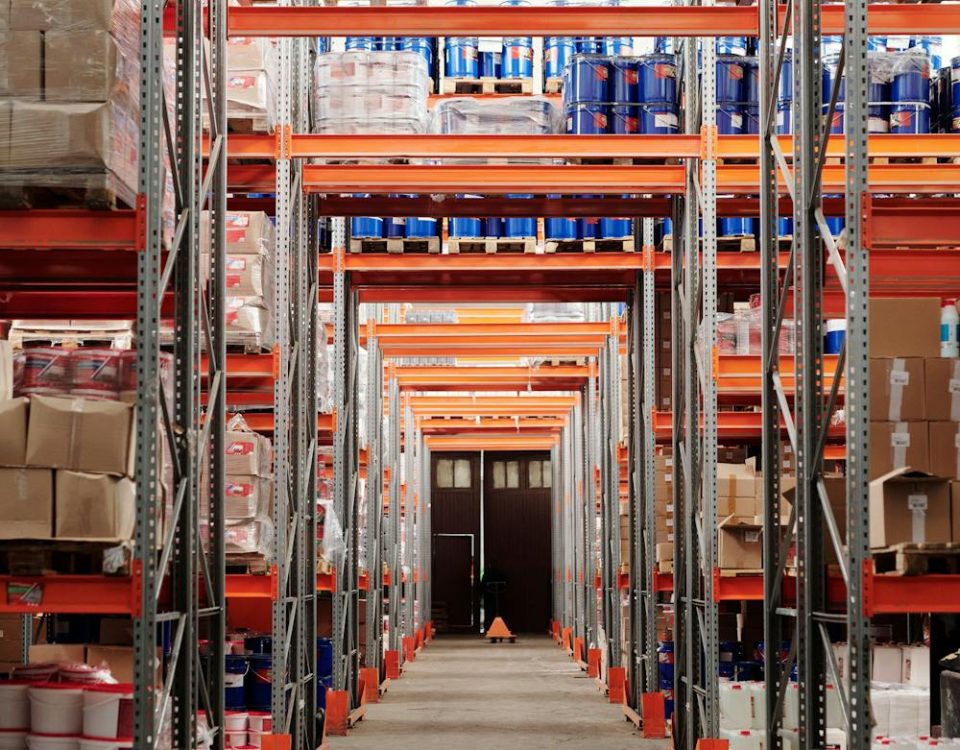
Redefining Industrial Safety with Smart Technologies: Embracing the Digital Evolution
July 15, 2022
Transforming Manufacturing: Leveraging IoT for Superior Safety and Efficiency
July 15, 2022
Redefining Industrial Safety with Smart Technologies: Embracing the Digital Evolution
July 15, 2022
Transforming Manufacturing: Leveraging IoT for Superior Safety and Efficiency
July 15, 2022In the aftermath of the Covid-19 pandemic, the manufacturing sector faces unprecedented instability. To navigate these turbulent times, resilience is not merely about survival; it’s about emerging stronger. This article delves into essential strategies for manufacturing companies to thrive in a volatile world.
Building a Foundation of Resilience
At its core, resilience is the ability to quickly adapt and recover from crises. For manufacturers, this means embedding resilience into their core strategy, ensuring stability against economic downturns and unexpected challenges. How can manufacturers achieve this?

Three Pillars of Resilient Manufacturing
Superiority: Achieving a Competitive Edge
Resilient companies often produce superior products, gaining strength from creating value that endures economic shifts. These products typically have few substitutes, maintaining demand even during downturns. The cornerstone of this strategy is substantial investment in research and development (R&D). Data shows that 60% of resilient firms had invested heavily in R&D during boom periods, fostering innovation and a competitive edge during crises.
Diversity: Spreading Risk for Stability
Diversifying product lines and geographic markets equips companies to mitigate risks. This doesn’t necessarily mean a wide array of final products; rather, being a supplier of intermediate goods within various supply chains offers stability. This strategy ensures that even if demand for a specific product falls, the business remains stable by serving multiple sectors and regions.
Flexibility: Adapting Like a Chameleon
Flexibility in business operations is crucial for resilience. This can be seen in cost management strategies during economic downturns, such as minimizing variable expenses or shifting production to more profitable sectors. Flexible sourcing and employment practices also allow for cost adjustments during slow periods. Operational flexibility enables companies to prioritize thriving sectors, keeping the business agile and responsive.
Embracing Change for Future Success
The pace of change in today’s world is accelerating. To thrive, companies must continually renew their competitive advantages and build resilience. By adopting the principles of superiority, diversity, and flexibility, manufacturers can tailor systems to their specific challenges, moving closer to making resilience a tangible reality.
Resilience in manufacturing is not just about survival; it’s about strategic evolution. It involves understanding and leveraging the interplay of superiority, diversity, and flexibility to create a robust, adaptable business model. For personalized support in industrial safety products and expert advice on signage and workplace safety, turn to EZSecur. Discover more at www.ezsecur.com.





